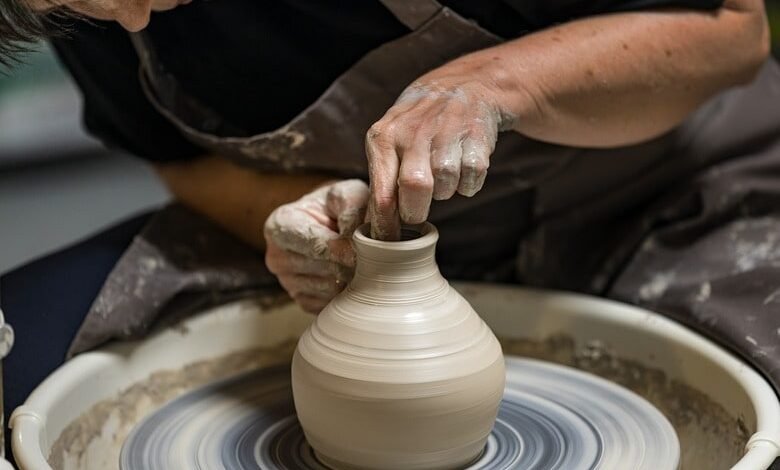Starting Your Own Pottery Business

Clay. It feels good beneath the hands as you mould it onto shapes that please the eye and the spirit. Clay is one of the first natural substances to be put to use by humans. Prehistoric peoples lined woven grass baskets with river clay and used them to transport fresh water from its source to their habitats. At some point someone left their clay-lined basket out in the sun where it dried, causing the clay to shrink and become separated from its woven grass mould. Even after the grass was removed the clay retained its basket shape! From that point on early humans began to experiment. Sun-dried clay was placed in hot ashes from the cookfire where it hardened further, creating sturdy containers that could be used to store, transport, and cook food in. These were the forerunners of pottery, and the art continued to evolve and improve throughout our long history all the way into the present day, when clay pots are in nearly as much demand as they ever were so much so, that many people have even made a career from this ancient practice!
If you are an artist with a passion for working with clay, it is possible that you can make a tidy living doing this thing you love. Locally made handicrafts comprised of natural materials are becoming increasingly popular now that we are inundated with mass-produced goods made of artificial materials like plastics. There is a demand for artisanal pottery and it is only growing. For the purposes of this article, I will assume you are already at least an amateur potter so we can focus on turning your hobby into a business. The first thing you are going to need is a dedicated space to create your products in. We recommend industrial sheds for this purpose because of their sturdy, weather-resistant construction and their affordability, they are a great value and easy to install, getting your pottery studio up and running quickly!
You will also have to invest in some equipment to fill your empty shed and make it the pottery workshop of your dreams. Start with energy-efficient LED lighting, they’re more than bright enough to work by whilst keeping your energy bills low. Now that we can see what we are doing, here’s a list of tools and materials- I realise it sounds like a lot, but it’s well worth it to do what you enjoy and make a living from it!
- Clay! (And lots of it!)
- Clay storage containers
- Glazes
- Pottery Wheel
- Sink and faucets
- Hand tools
- Shelves
- Work benches and tables
- Kiln
That covers the physical necessities, now it’s up to you to get in there and make it happen! Once people see your beautiful work you will struggle to keep up with the demand!
Australia loves small businesses, check this government website for help and useful information to get your pottery business up and running!






